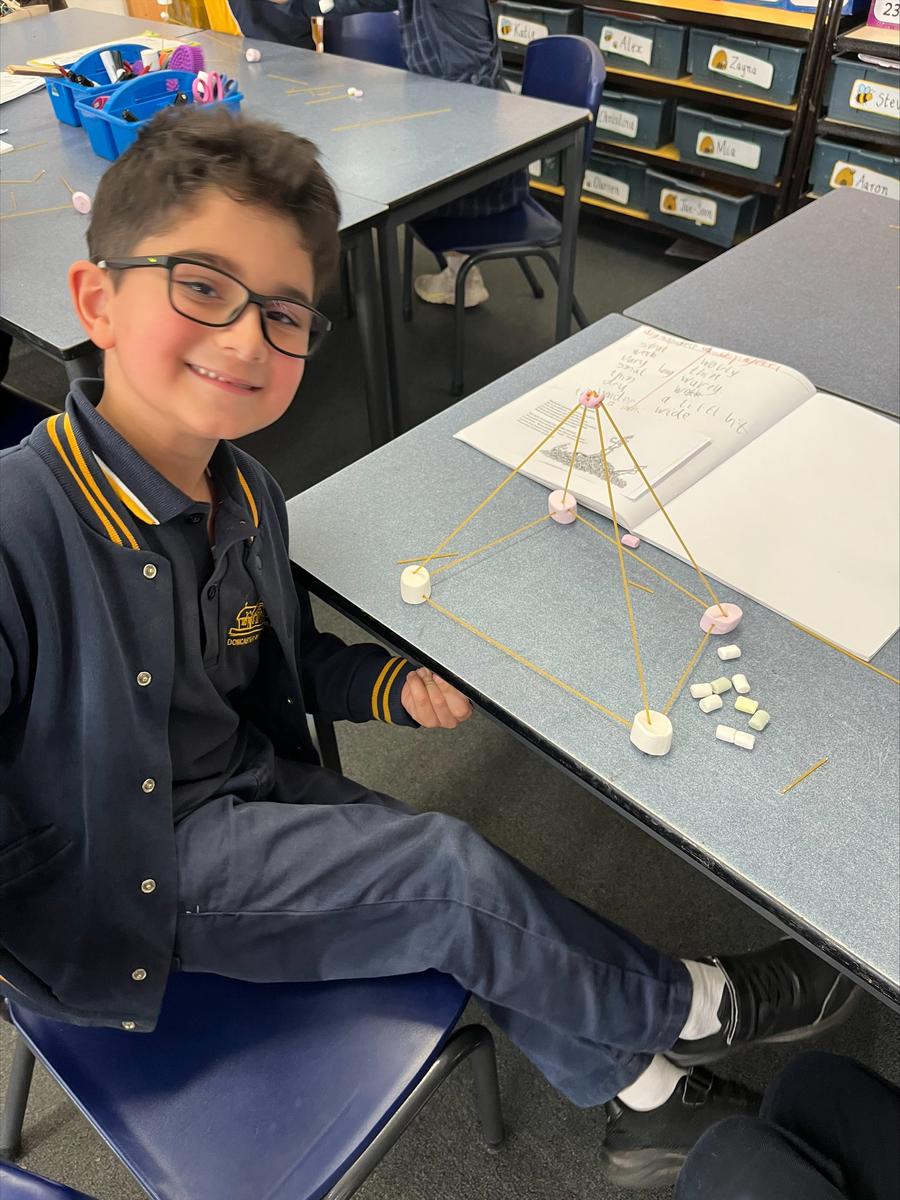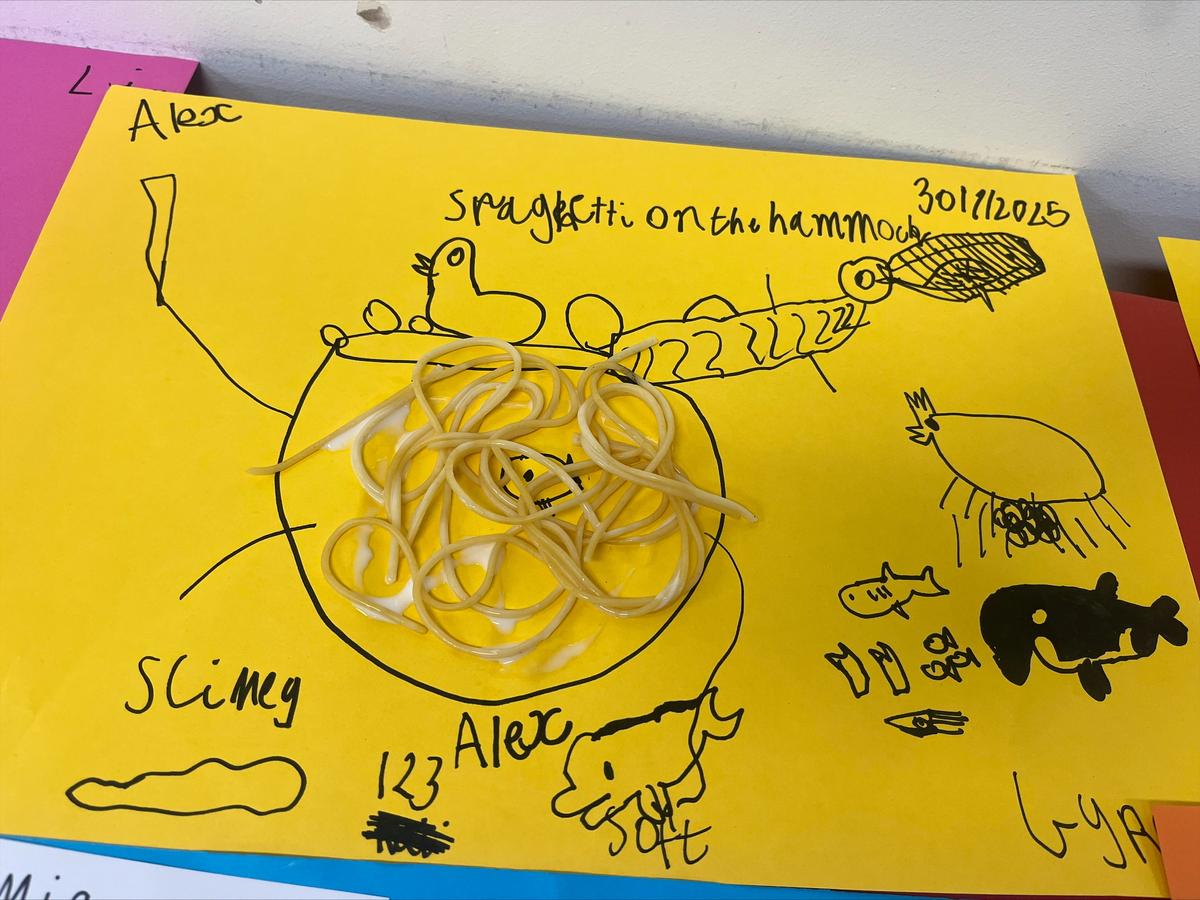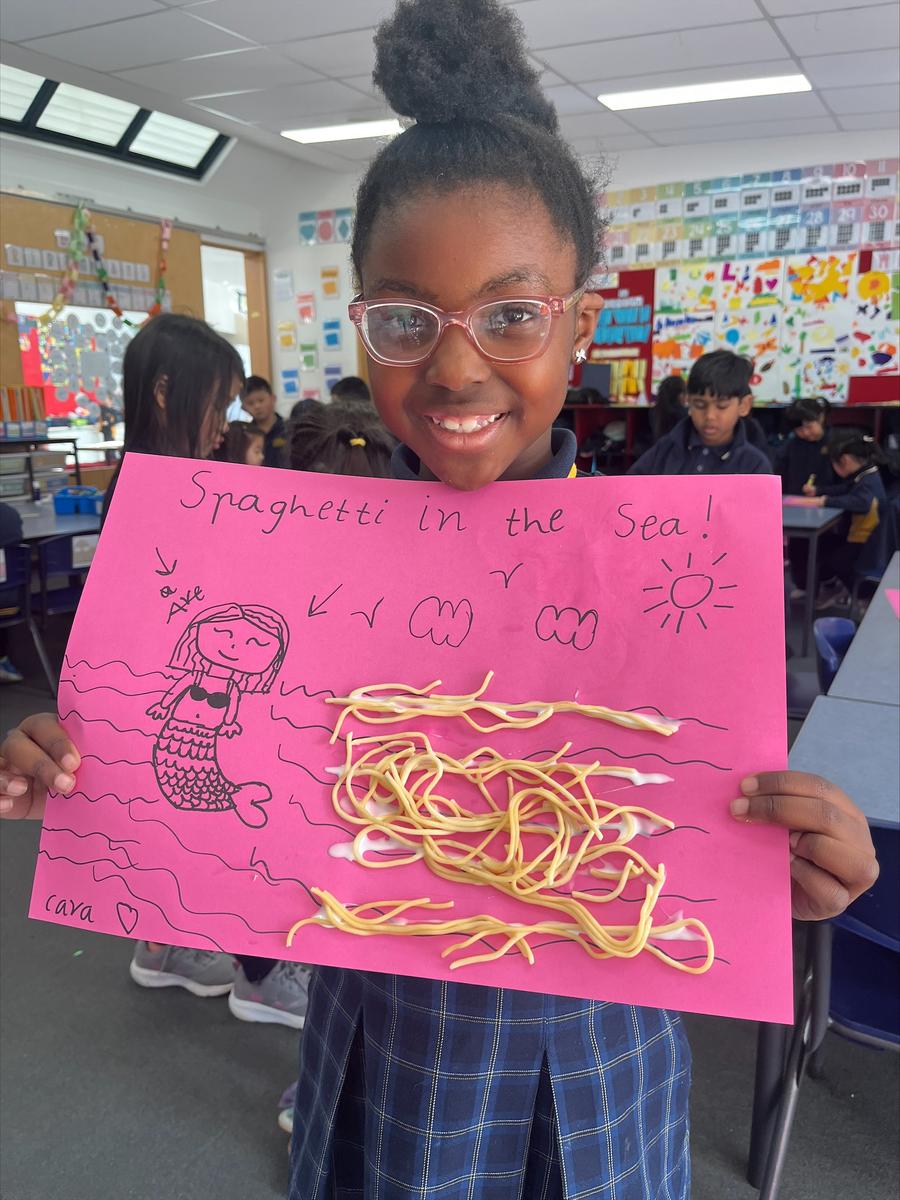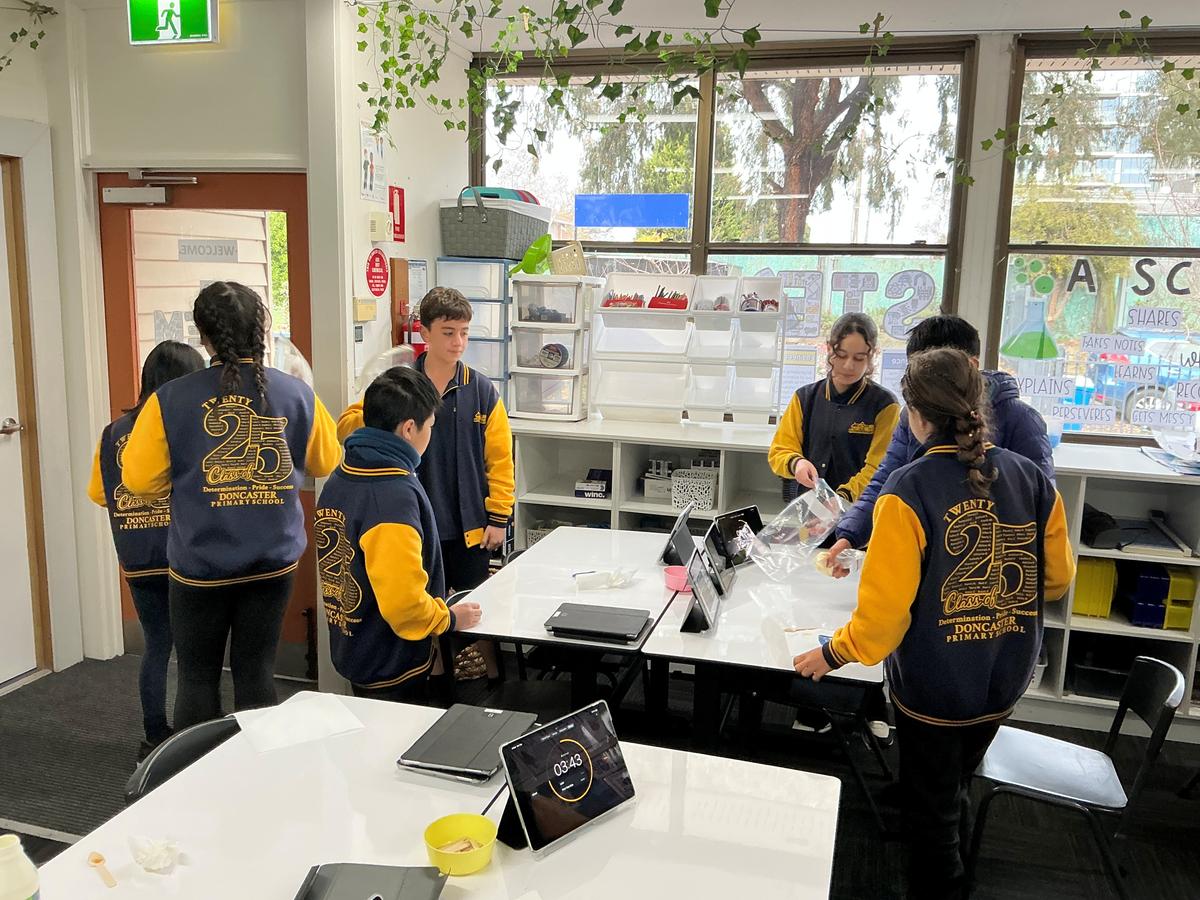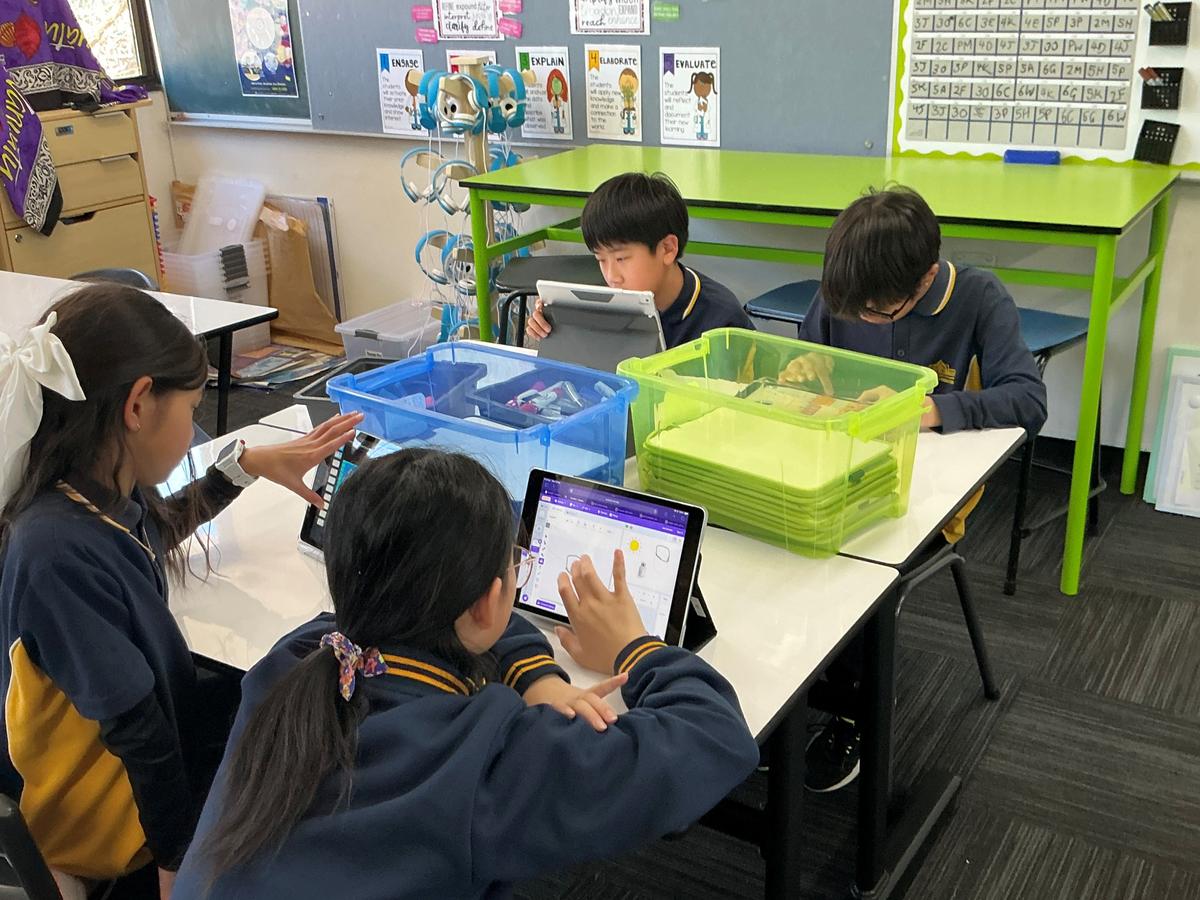Science

Chemical Sciences
This term, students have explored chemical sciences through hands-on investigations and digital creativity. Towards the end of the term, studnets used Scratch or to animate their understanding of materials, changes, and particle behaviour—bringing science concepts to life in engaging and imaginative ways.
Prep:
Our Prep students have been busy exploring the world of materials in science this term. Through a series of engaging lessons, they’ve learned to identify everyday objects and the materials they’re made from, as well as the properties that make each material unique. Using Scratch Jr., students created their own animations to showcase their understanding—bringing objects like wooden spoons, plastic bottles, and metal keys to life on screen! It’s been wonderful to see their creativity and confidence grow as they combined digital skills with scientific thinking. Well done, Preps!
Level 1:
This term, our curious Level One scientists rolled up their sleeves and dove into the delicious world of food science! From squishy spaghetti drawings to melty chocolate, students explored how heating and cooling can change the properties of food. They compared cooked verses uncooked ingredients, made predictions, and discovered which changes could be reversed — and which were here to stay!The grand finale? A mouth-watering investigation to find out which type of chocolate bud melts the fastest. Stay tuned for more tasty experiments and brilliant discoveries.
Level 2:
Our Level 2 students have been investigating how materials can change and how they are used in everyday life. In science, they explored physical changes—like bending, stretching, and melting—and created animations using Scratch to show these transformations in action. They also examined what different objects are made of and how Aboriginal and Torres Strait Islander Peoples have traditionally used natural materials to create tools and objects. Through their animations, students demonstrated a deepening understanding of materials and their properties, while building their digital storytelling skills. Fantastic work, Level 2!
Level 3:
Level 3 students have been diving deep into the science of materials this term, exploring their properties, uses, and environmental impact. They began by identifying different materials and their properties, then investigated what everyday objects are made of and why. Students also learned about how Aboriginal and Torres Strait Islander Peoples use natural materials to create tools and objects, gaining insight into traditional knowledge and sustainable practices. In their final session, students explored alternatives to plastic and how recycled or sustainable materials can help protect our planet. Using Scratch, they brought their learning to life through animations that showcased their understanding in creative and meaningful ways. Great work, Level 3!
Level 4:
Level 4 students have been exploring the fascinating world of heat and materials in science. They began by investigating how solids can turn into liquids and how heat affects gases, then moved on to explore how gases can be created through chemical reactions. Students also learned about traditional Aboriginal and Torres Strait Islander heating practices, discovering how heat has been used to shape and create tools and objects for thousands of years. Using Scratch, they created animations to demonstrate their understanding of these scientific concepts, blending creativity with critical thinking. Their work shows a strong grasp of both modern science and Indigenous knowledge—well done, Level 4!
Level 5:
Level 5 students have been investigating how materials change through physical and chemical processes. They explored reversible and irreversible changes, chemical reactions, and how heat levels can affect substances—like melting chocolate! Students also examined how dissolving and evaporating can be reversible changes, using salt as a key example. Throughout the unit, they created animations in Scratch to demonstrate their understanding, combining scientific knowledge with digital creativity. Their animations were thoughtful, engaging, and clearly showed their grasp of complex concepts. Well done, Level 5!
Level 6
Level 6 students have been exploring the science behind states of matter and mixtures this term. They began by investigating how particles behave in solids, liquids, and gases, then explored the compressibility of particles—discovering why gases compress more than liquids. Students also learned that gas has mass and can move objects, before diving into the differences between mixtures and solutions. Using Scratch, they created animations to visually demonstrate these complex scientific ideas, showing a strong grasp of particle theory and chemical understanding. Their animations were thoughtful, creative, and scientifically accurate—excellent work, Level 6!
It’s been a fantastic term of learning, experimenting, and creating as students explored chemical sciences through inquiry. Their curiosity and creativity have shone through every task, and we’re so proud of their achievements. Wishing all our families a safe, relaxing, and enjoyable school holidays. See you next term for more exciting learning adventures as we embark on Earth and Space Sciences!

